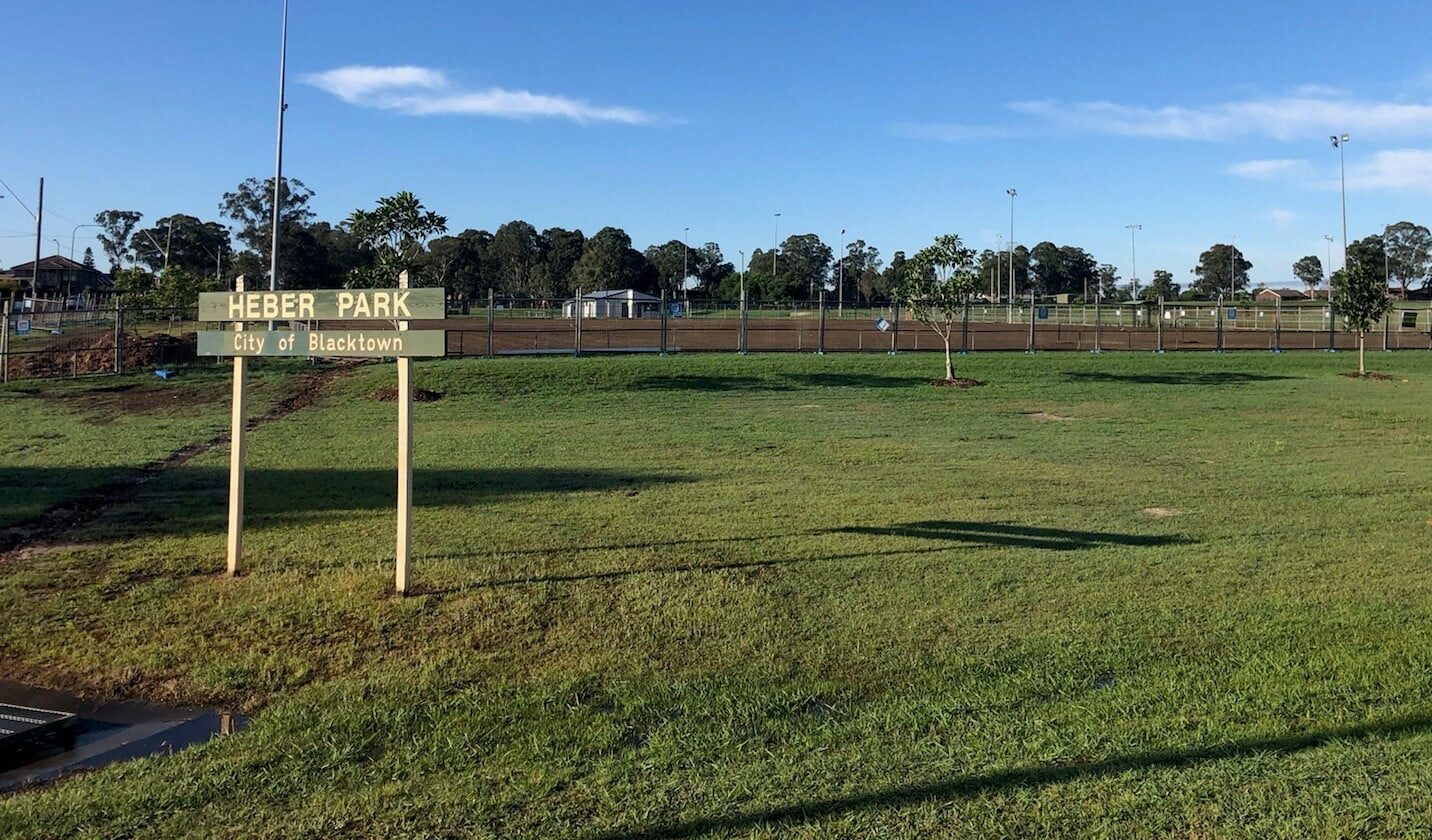

Image: Dr Laura Crommelin presenting on the disruption of Airbnb. Image: Twitter
By LAUREN FROST
City dwellers are continuing to flock to regional NSW amid the rising cost of living. However, many regional areas do not have the infrastructure to support this migration and local residents are suffering the consequences.
Dr Laura Crommelin, Senior Lecturer in City Planning at the School of Built Environment, UNSW ARTS, Design & Architecture, has said, “some who are priced out of the city housing markets may be able to afford a more spacious, standalone dwelling in a regional area.”
“Those regional areas within striking distance of the city are increasingly popular with those who still might commute once or twice a week to the city for work, but spend most of their time living by the coast.”
However, Dr Crommelin notes that metropolitan areas have more employment opportunities compared to areas in regional NSW.
“Our major cities continue to offer a broader range of employment opportunities, which means they will continue to attract new residents. So, it’s unlikely smaller regional areas can substantially ease pressures for major cities, at least in the short-term.”
“And in any case, we’re seeing that rapid growth without proper planning can replicate some of the problems we face in urban areas in regional areas, such as housing affordability.”
“So we risk losing features of regional life that are often what attract people to move in the first place,” she continued.
Forced out of homes
With demand for housing already at an all time high in regional towns of NSW, rapid growth in these areas can lead to shortages that drive up rent and asking prices even further. This can force current residents out of town altogether. The higher salaries of individuals migrating from metropolitan areas can also increase prices.
Maiy Azize, spokesperson for national housing crisis campaign Everybody’s Home, echoes Dr Crommelin’s concerns.
“More and more Australians are experiencing housing stress and homelessness as the cost of rents rise and the search for affordable homes gets tougher,” she told City Hub.
“Our recent ‘Priced Out’ report found there are no regions in NSW where rentals are affordable for any essential worker on award wages. In every region across the state, an essential worker paying a typical rent would be in rental stress.”










